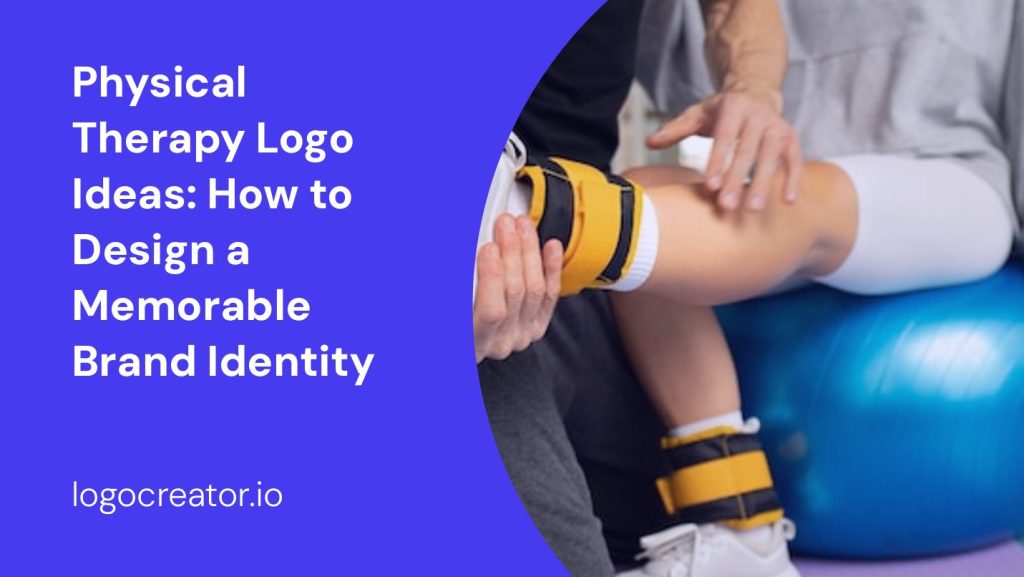Are you in the process of starting a physical therapy practice or looking to refresh your existing brand? One crucial aspect of creating a strong brand identity is designing an eye-catching and memorable logo. A well-designed logo not only helps your practice stand out from the competition but also communicates your professionalism and expertise to potential clients. In this article, we will explore some creative and effective physical therapy logo ideas to help you create a brand identity that resonates with your target audience.
Importance of a Well-Designed Logo for Your Physical Therapy Practice

Before diving into logo design ideas, it’s important to understand why a well-designed logo is essential for your physical therapy practice. Here are a few key reasons:
- Brand Recognition: A logo is the face of your practice. It helps clients recognize and remember your business, even when they are not actively seeking physical therapy services. A visually appealing logo can leave a lasting impression and make your practice more memorable.
- Professionalism: A professionally designed logo instills trust and credibility in potential clients. It communicates that you are an established and reliable physical therapy provider. A poorly designed logo, on the other hand, can give the impression of amateurism or lack of attention to detail.
- Differentiation: In a competitive market, a unique logo helps you differentiate your practice from others. By incorporating elements that reflect your practice’s values, specialty, or location, you can create a logo that sets you apart and attracts your target audience.
Now that we understand the importance of a well-designed logo, let’s explore some physical therapy logo ideas that can help you create an impactful brand identity.
1. Use Symbolism to Represent Physical Therapy
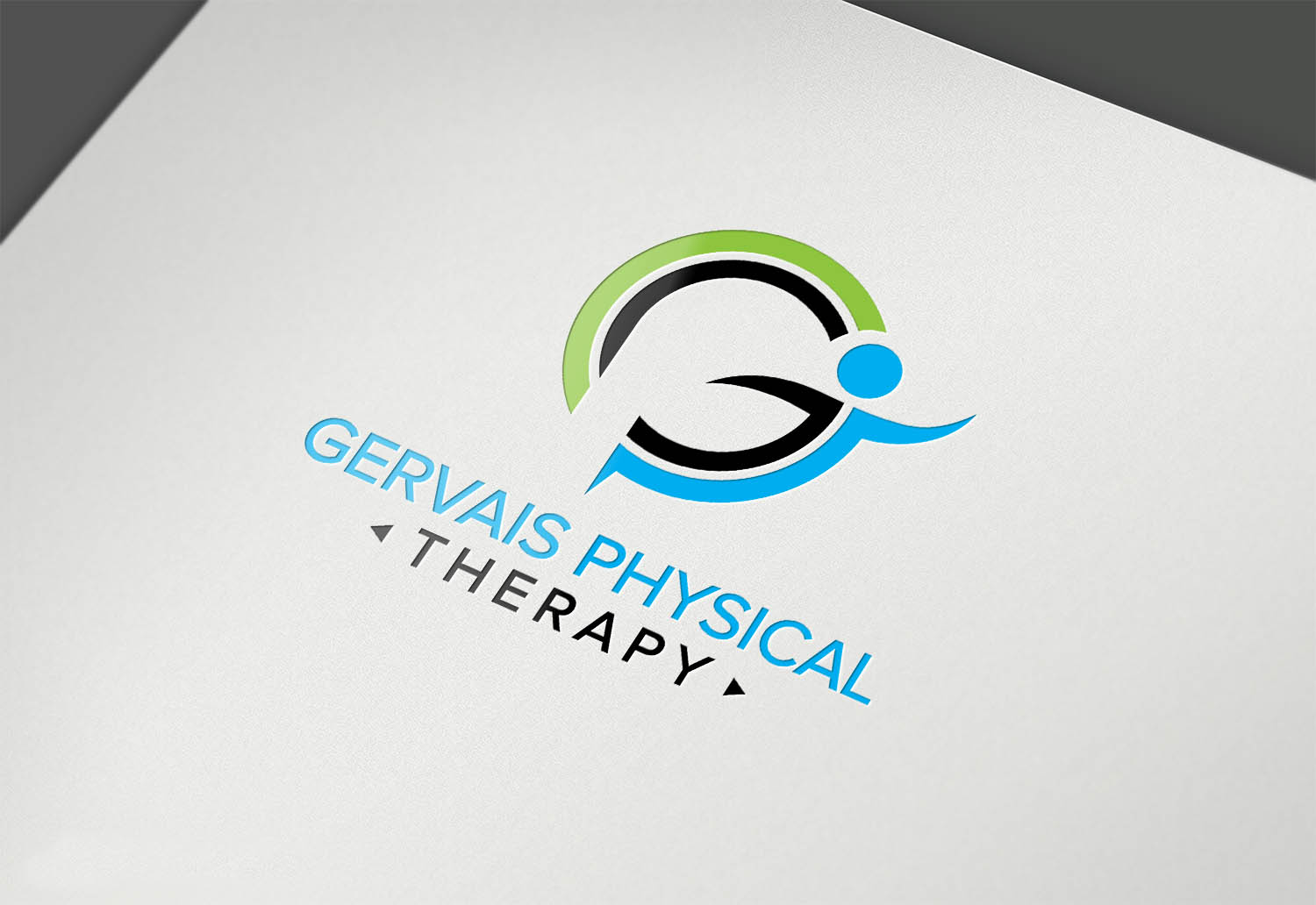
One effective approach to designing a physical therapy logo is to incorporate symbols or icons that represent the field. Consider using images that symbolize strength, flexibility, mobility, or healing. Some ideas include:
- Human body silhouette: A simplified outline of a person in a stretching or active pose can convey the essence of physical therapy.
- Physical therapy equipment: Incorporating images of common physical therapy tools such as resistance bands, weights, or exercise balls can instantly communicate your profession.
- Movement arrows: Arrows or lines that depict movement can represent the progress and improvement clients can expect through physical therapy.
2. Typography: Choose Fonts that Reflect Your Practice’s Personality
Typography plays a crucial role in logo design. It sets the tone and personality of your brand. When selecting fonts for your physical therapy practice’s logo, consider the following:
- Clean and modern: Sans-serif fonts like Helvetica, Gotham, or Montserrat can convey a sense of professionalism and modernity.
- Elegant and refined: Serif fonts, such as Baskerville, Garamond, or Times New Roman, can give your logo a touch of elegance and sophistication.
- Bold and strong: If your practice focuses on sports or orthopedic rehabilitation, bold and impactful fonts can showcase strength and determination.
Experiment with different font combinations to find the perfect balance between legibility, style, and conveying your practice’s values.
3. Color Psychology: Choose Colors that Evoke Emotions
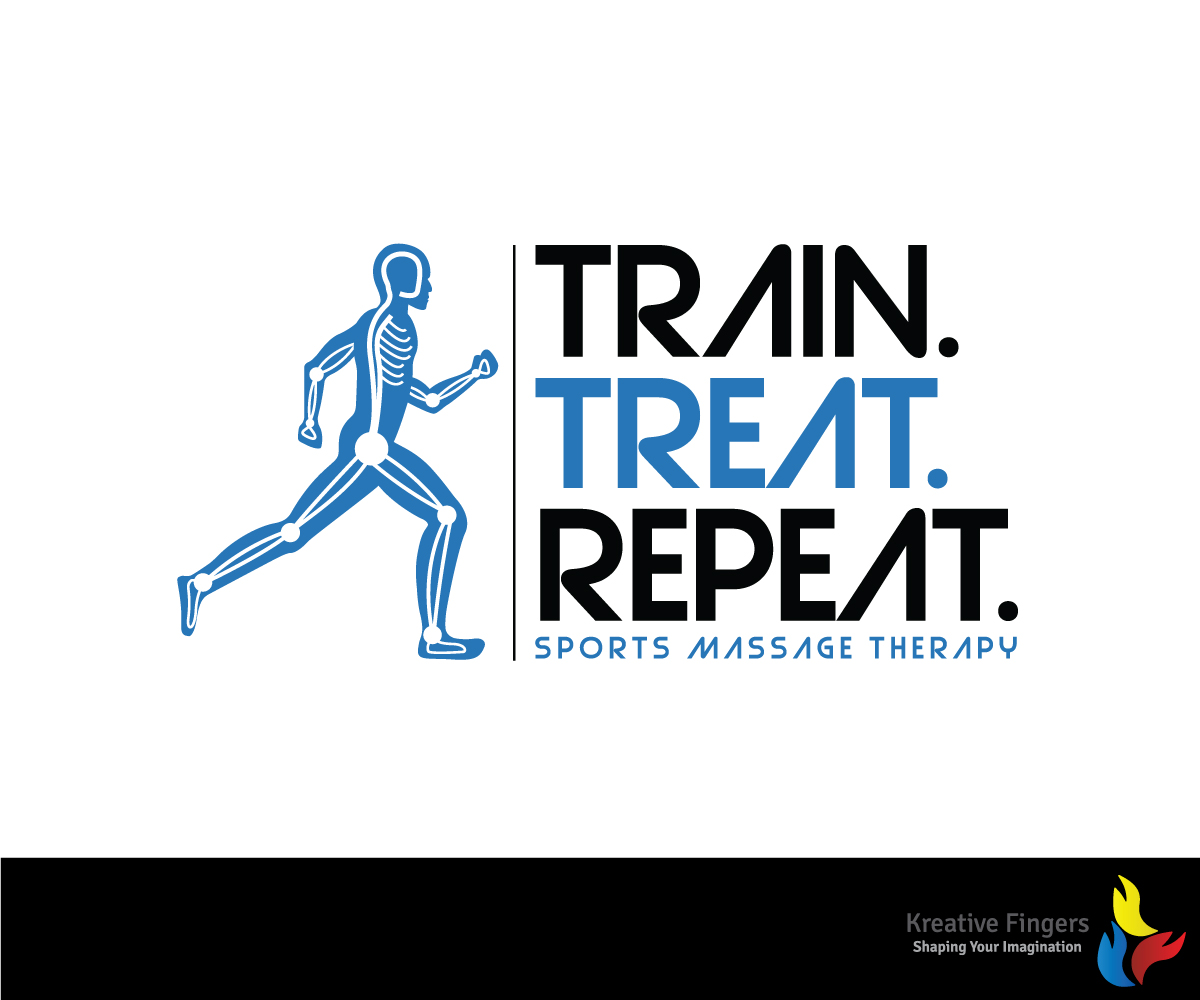
Colors have a profound impact on human psychology and can evoke specific emotions or associations. When selecting colors for your physical therapy logo, consider the following:
- Blue: Blue is often associated with trust, reliability, and calmness. It is a popular choice for healthcare-related logos.
- Green: Green symbolizes growth, renewal, and harmony. It can be a great choice for practices focused on holistic healing or sports rehabilitation.
- Purple: Purple conveys luxury, creativity, and spirituality. It can be a suitable choice for practices that emphasize a premium or personalized approach to physical therapy.
While these associations can guide your color choices, it’s essential to consider your target audience and the personality you want to convey through your logo.
4. Incorporate a Memorable Icon or Mascot
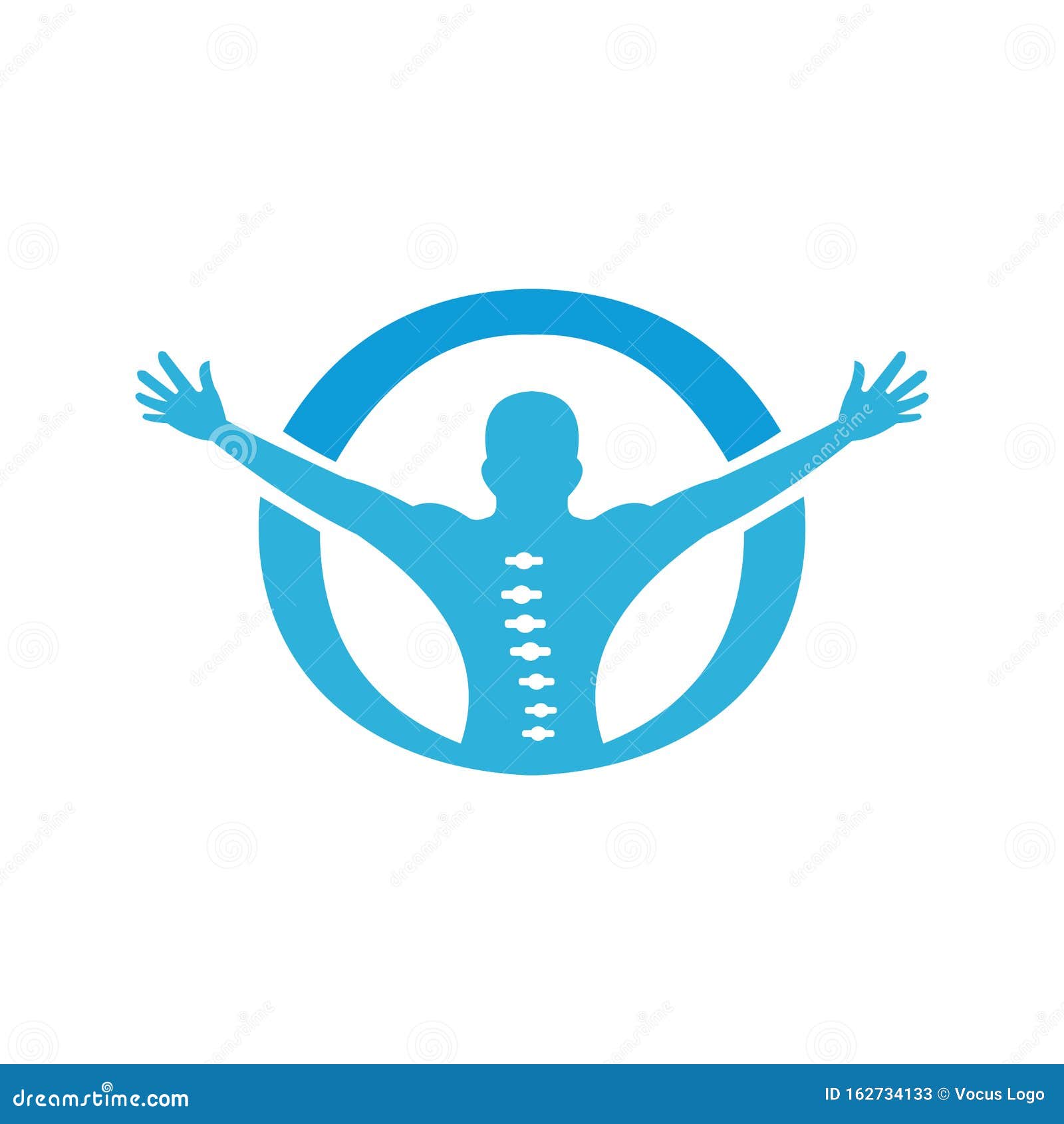
If you want to create a playful and memorable logo, consider incorporating a unique icon or mascot. This approach works particularly well for pediatric physical therapy practices or those with a more casual and approachable brand personality. A friendly character or mascot can make your logo more relatable to children and their parents.
5. Balance Simplicity and Detail

When designing a logo, it’s important to strike a balance between simplicity and detail. A cluttered or overly complex logo can be visually overwhelming and difficult to reproduce across different mediums. Aim for a clean and minimalist design that can be easily recognized and scaled down without losing its impact.
6. Seek Professional Help
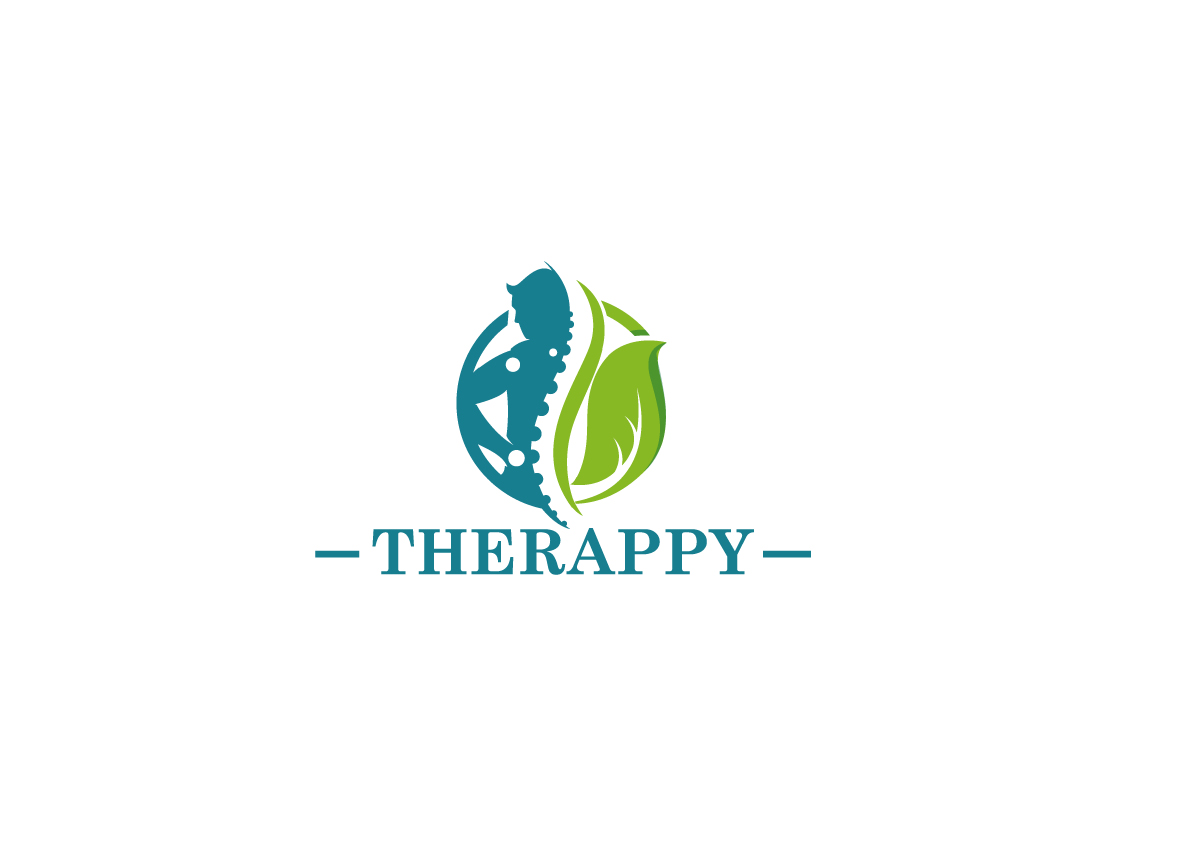
Designing a logo that effectively represents your physical therapy practice can be a challenging task. If you lack design expertise or want a more professional touch, consider hiring a graphic designer or a design agency specializing in logo creation. They can help bring your vision to life and provide valuable insights based on their expertise.
Conclusion
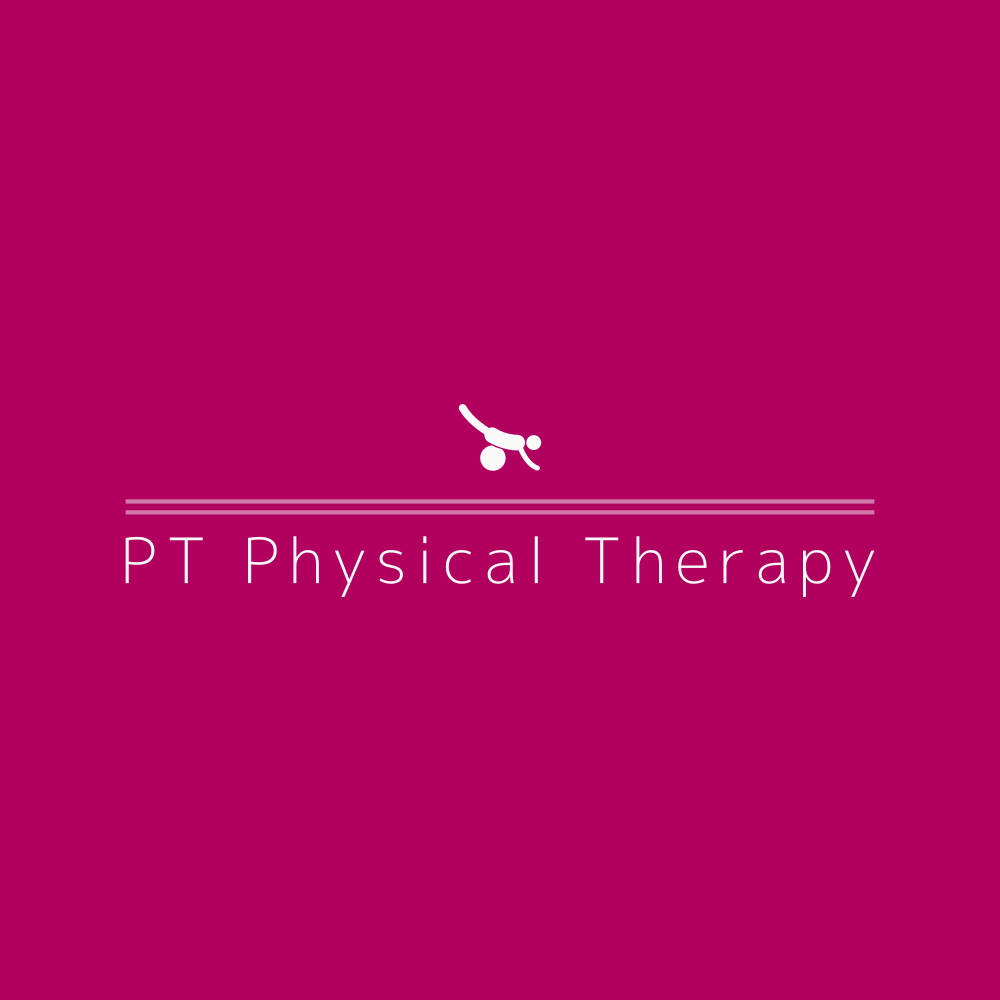
Designing a memorable logo for your physical therapy practice is a crucial step in building a strong brand identity. By incorporating symbolism, choosing appropriate typography and colors, and balancing simplicity and detail, you can create a logo that not only stands out but also communicates your professionalism and expertise to potential clients. Remember, your logo is an investment in your practice’s future success, so take the time and effort to create a design that accurately represents your values and resonates with your target audience.
Marietta Arnold is a branding and design enthusiast who draws inspiration from hobbies like hiking, photography, and art exploration. With a background in graphic design, she shares insights on branding strategies and logo design trends. Stay updated with Marietta’s work for the latest in branding and design.
